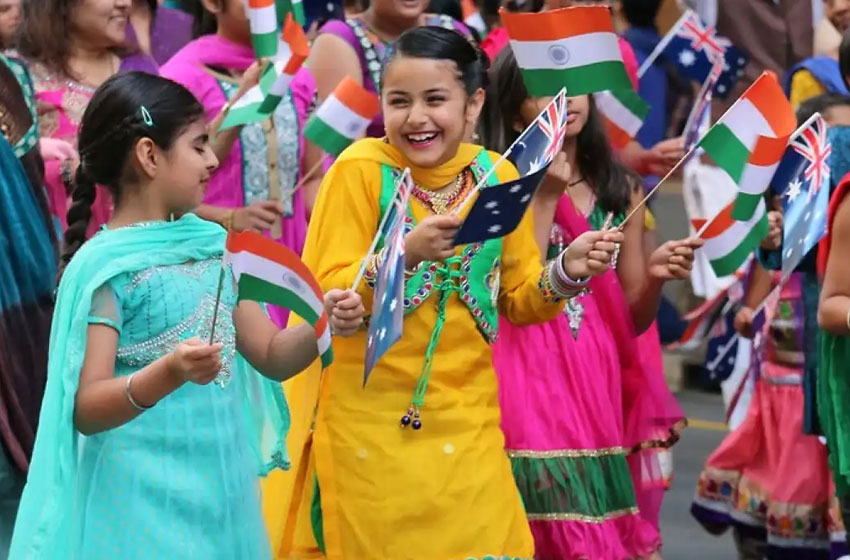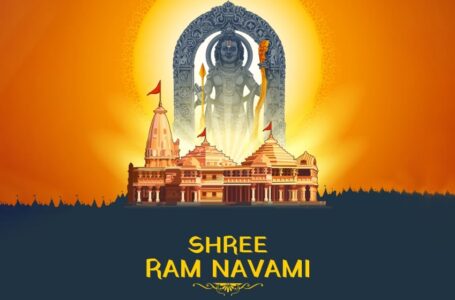Navigating Dual Identities – The Experiences of 2nd Generation Australian-Indians

In the mosaic of cultures that define Australia’s demographic landscape, the experiences of second-generation Australian – Indians provide a compelling narrative of blending, coexisting, and sometimes, conflicting identities. Born to Indian parents and raised in Australia, these individuals often find themselves at the crossroads of two rich, yet distinct cultural paradigms.
Growing up with the intrinsic values, traditions, and norms of Indian culture at home while simultaneously immersing themselves in the diverse and multifaceted Australian environment, second-generation Australian-Indians learn to straddle two worlds. The dichotomy extends to language, cuisine, social norms, festivals, and even personal aspirations, crafting a unique identity that is neither exclusively Indian nor wholly Australian.
The duality begins at home, where family traditions and values are deeply rooted in Indian culture. The importance of family, respect for elders, adherence to customs and rituals, and the celebration of Indian festivals are integral parts of their upbringing. Yet, outside the household’s walls, the Australian way of life, with its emphasis on individualism, freedom of expression, and egalitarian principles, shapes their thinking and behaviour.
Language plays a significant role in defining this dual identity. While English is often the primary language for communication, many second-generation Australian-Indians maintain fluency in their parents’ native Indian languages. The intermingling of languages reflects the synthesis of cultures, a blend that characterises their daily lives.
Education and career choices further reflect this synthesis. The Indian emphasis on academic excellence, often directed towards specific fields like medicine, engineering, or law, finds resonance in the broader Australian context of diverse opportunities and creative pursuits. The reconciliation of familial expectations with personal ambitions becomes an intrinsic part of their journey towards self-discovery.
Social interactions present another dimension to the dual identity. Engaging with peers from various cultural backgrounds, second-generation Australian-Indians often find themselves explaining or even defending aspects of their Indian heritage. At the same time, they might feel a certain detachment from India, a place many know only through stories, visits, or media portrayals.
Yet, the journey is not without its challenges. Instances of racial prejudice or stereotyping can lead to feelings of alienation or identity crisis. The search for acceptance and the pressure to conform to either culture can result in confusion and a lack of self-assurance.
The experiences of second-generation Australian-Indians in love and relationships further exemplify the complexities of dual identity. The traditional Indian emphasis on arranged marriages and community-based relationships often contrasts sharply with the Australian focus on individual choice and romantic love. The negotiation between these two paradigms often involves a delicate balance of understanding, compromise, and assertiveness.
In this complex tapestry, food emerges as a unifying thread, a symbol of cultural fusion. The blend of Indian spices with Australian ingredients creates a culinary experience that reflects their dual identity. Family dinners with traditional Indian dishes are as much a part of their lives as enjoying Australian barbecues with friends.
The evolving identity of second-generation Australian-Indians is a continuous journey of adaptation, acceptance, and self-realisation. It’s an exploration that goes beyond mere cultural assimilation or integration. Instead, it’s about creating a space where both cultures can coexist, enrich, and influence each other without losing their unique essence.
In a world where globalisation is blurring cultural boundaries, the experiences of second-generation Australian-Indians offer valuable insights into multicultural coexistence. Their ability to navigate dual identities highlights the human capacity to embrace diversity, foster empathy, and create a shared understanding.The narrative of second-generation Australian-Indians is not just a tale of two cultures but a celebration of the multifaceted human experience. It serves as a reminder that identity is not static or confined but is, instead, a dynamic, evolving journey that reflects the richness and complexity of our shared human story.





